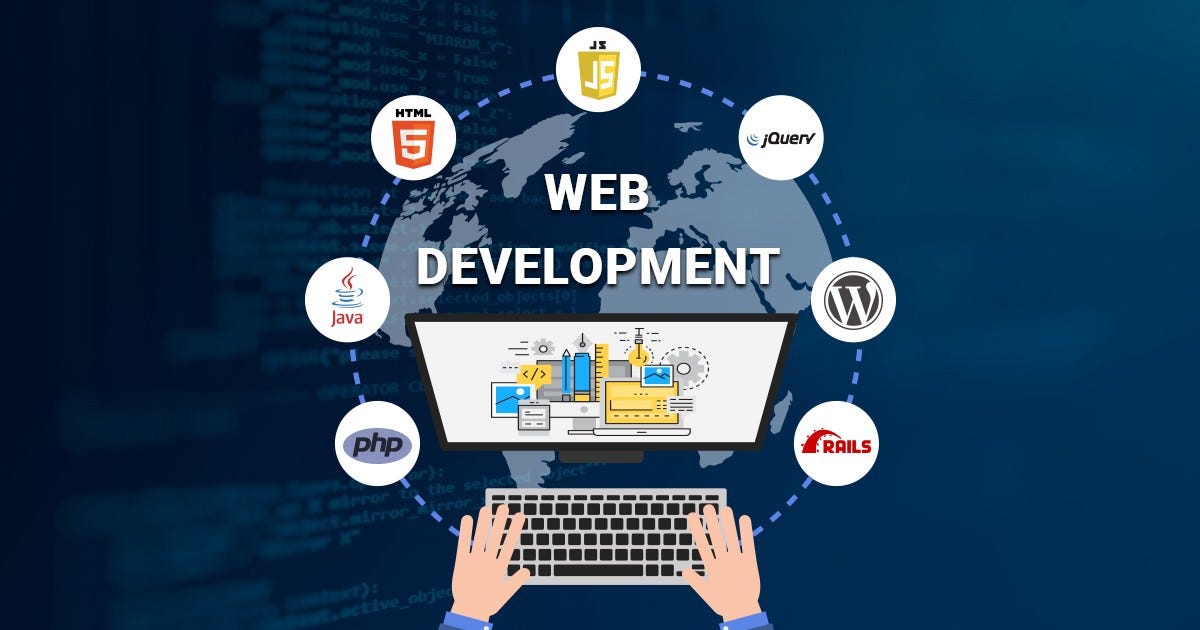Navigating the Path of Website Development: A Comprehensive Guide
Navigating the Path of Website Development: A Comprehensive Guide
Blog Article
Today the internet is a virtual storefront for businesses and individuals alike. The goal isn't just to have an online presence anymore, it's about creating a lasting impression, generating engagement and reaching specific objectives. Website development, which is the procedure of creating or maintaining web pages, blends the power of creativity and technical expertise to craft digital experiences that captivate audiences. Let's dive into the complexities of developing websites and consider its importance in the current interconnected world.
The foundation of web development is the marriage of the design and functional. The design encompasses all the visual aspects that make up a site, which include the layout, colors graphic design, typography, and more. The first thing that visitors are able to see, and plays a significant part in shaping the perception of the company's brand. A properly designed website not just looks aesthetically pleasing but also communicates the brand's image and values. However, functionality focuses on the technical aspects that enable user interaction and seamless navigation. This includes languages that code, such as HTML, CSS, and JavaScript to determine how a website functions and reacts to input from users.
When the design phase has been completed, it's now time to breathe life into the digital blueprint by using programming and coding. Web development includes two main elements: back-end and front-end development. The front-end development is focused on what visual aspects of the site that the users interact with such as layout, navigation, and user interface design. Back-end development is the process of creating the infrastructure that supports the site, such as servers, databases, and software technology. Front-end as well as back-end development are crucial for creating the perfect and efficient user experience on the website.
Today's digitally dynamic landscape websites need to be more than just static websites; they have be flexible and dynamic in response to changes and demands. Content management systems (CMS) like WordPress, Drupal, and Joomla let website owners maintain and modify their contents with ease, and without requiring technical know-how. These platforms offer a range of custom-designed templates and plug-ins which allow the flexibility to scale and adapt as companies grow and evolve. Also, including options like e-commerce, multimedia content, and social media integration will enhance the website's capabilities and the user experience. To get further information please see this official statement
The process of developing websites has been shaped by the advancements in technology and changing customer expectations. The rise of mobile devices has necessitated the adoption of adaptive design principles. This has led developers to prioritise the ability to adapt and perform across different platforms. In addition, the rise technology such as artificial intelligence (AI) as well as machine-learning has enabled developers to develop personalized and prescient experiences, leveraging data insights for adjusting content and recommendations for each user.
The conclusion of the web site development process is marked by its release into the digital sphere. This includes configuring hosting servers, uploading website files, as well as ensuring the correct DNS mapping, making available to visitors across the globe. At the touch of an option, the website launches, fully ready to interact with viewers and achieve its function. But, the process doesn't just end there. Continuous maintenance and upgrades are vital to ensure that the site remains relevant and secure in the ever-evolving digital world.